A general overview of the economic and transportation aspects of Berlin, Germany.
Vectormap.Net provide you with the most accurate and up-to-date vector maps in Adobe Illustrator, PDF and other formats, designed for editing and printing. Please read the vector map descriptions carefully.
Economic Overview:
1. Economic Strength:
- Berlin is the capital and largest city of Germany, playing a significant role in the country’s economy.
- The city has a diverse economy, with strengths in various sectors such as technology, creative industries, healthcare, tourism, and services.
2. Startup Hub:
- Berlin has gained a reputation as a European startup hub, with a thriving ecosystem that attracts entrepreneurs and investors.
- The city hosts numerous tech events, incubators, and accelerators, fostering innovation and technological advancements.
3. Unemployment and Wages:
- Unemployment rates in Berlin have historically been higher than the national average, but the city has seen improvement over the years.
- Wages and living costs in Berlin are generally lower compared to other European capitals, making it an attractive destination for young professionals.
4. Tourism:
- Tourism is a vital part of Berlin’s economy, with millions of visitors attracted to its rich history, cultural landmarks, and vibrant arts scene.
- Major tourist attractions include the Brandenburg Gate, Berlin Wall, museums, and the city’s numerous parks.
Transportation Overview:
1. Public Transport:
- Berlin has an efficient and extensive public transportation system, including buses, trams, S-Bahn (suburban trains), and U-Bahn (subway/metro).
- The BVG (Berliner Verkehrsbetriebe) operates the majority of the public transportation services.
2. Cycling:
- Berlin is known for being a bike-friendly city, with a growing network of bike lanes and bike-sharing programs.
- Many residents and tourists use bicycles as a convenient and eco-friendly mode of transportation.
3. Airports:
- Berlin has two major airports: Tegel Airport (TXL) and Schönefeld Airport (SXF).
- The new Berlin Brandenburg Airport (BER) has replaced Schönefeld as the main international airport, serving as a major hub for air travel in the region.
4. Roads and Highways:
- The city has a well-developed road infrastructure, including an extensive network of highways and roads.
- Traffic congestion is a common issue in some parts of the city, especially during peak hours.
5. Future Developments:
- Berlin continues to invest in its transportation infrastructure, with ongoing projects aimed at improving public transport, expanding cycling infrastructure, and enhancing connectivity.
Please verify this information with up-to-date sources, as economic and transportation landscapes can change over time.

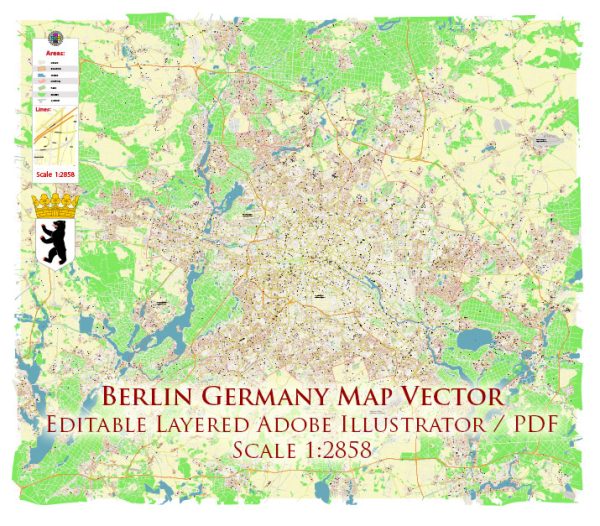
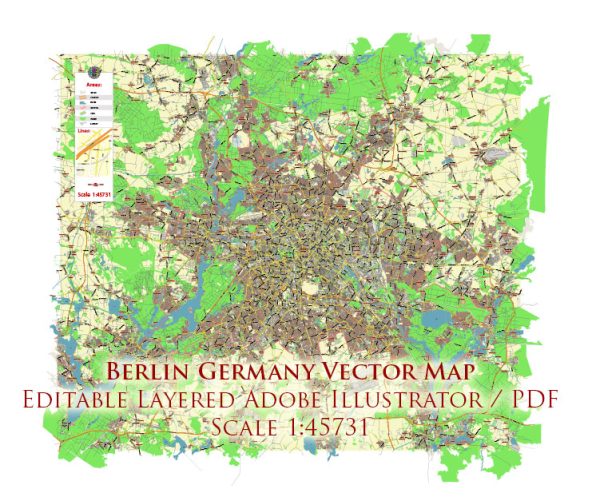
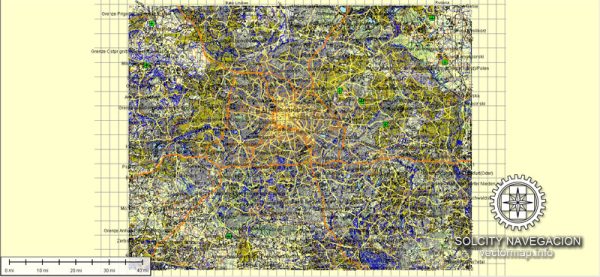
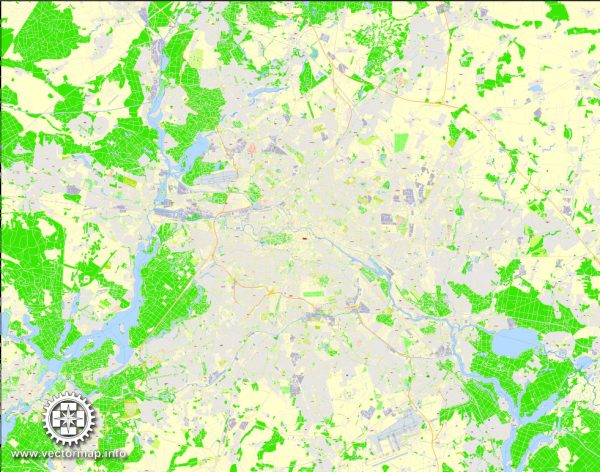
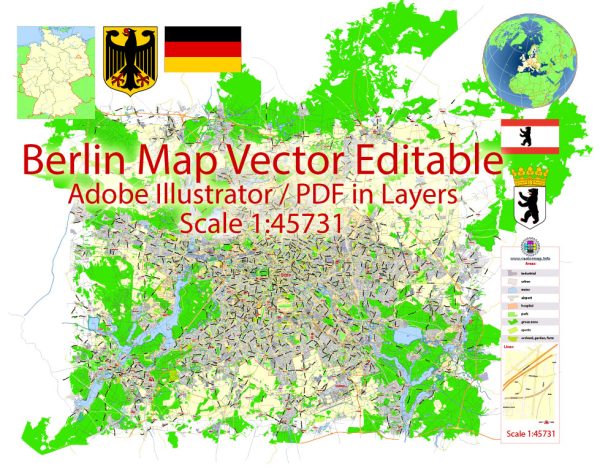
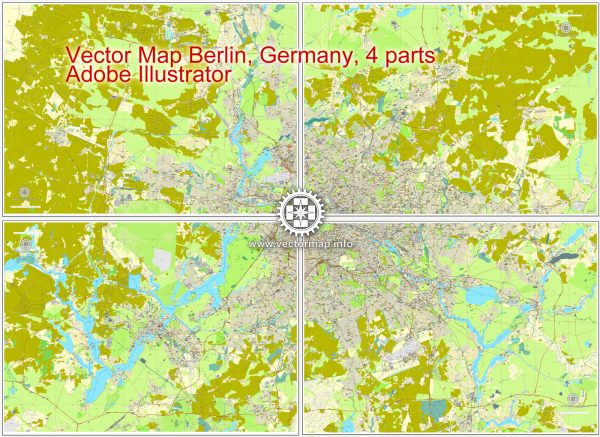
 Author: Kirill Shrayber, Ph.D.
Author: Kirill Shrayber, Ph.D.